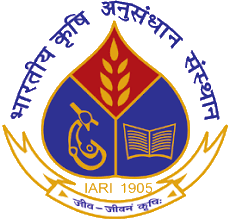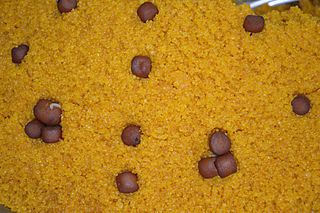| |||||
| Centuries: | |||||
|---|---|---|---|---|---|
| Decades: | |||||
| See also: | List of years in India Timeline of Indian history | ||||
Events in the year 1900 in India.
| |||||
| Centuries: | |||||
|---|---|---|---|---|---|
| Decades: | |||||
| See also: | List of years in India Timeline of Indian history | ||||
Events in the year 1900 in India.

George Nathaniel Curzon, 1st Marquess Curzon of Kedleston,, styled Lord Curzon of Kedleston between 1898 and 1911 and then Earl Curzon of Kedleston between 1911 and 1921, was a British statesman, Conservative politician and writer who served as Viceroy of India from 1899 to 1905. From 1919 to 1924 he served as Secretary of State for Foreign Affairs.

Earl Howe is a title that has been created twice in British history, for members of the Howe and Curzon-Howe family respectively. The first creation, in the Peerage of Great Britain, was in 1788 for Richard Howe, 4th Viscount Howe, but it became extinct upon his death in 1799. The second creation, in the Peerage of the United Kingdom, was in 1821 for Richard Curzon-Howe, 2nd Viscount Curzon, and it remains extant.

The Indian Agricultural Research Institute (IARI), commonly known as the Pusa Institute, is India's national institute for agricultural research, education and extension. The name Pusa Institute is derived from the fact that the institute was originally located in Pusa, Bihar as the Imperial Institute of Agricultural Research in 1911. It was then renamed as the Imperial Agricultural Research Institute in 1919 and following a major earthquake in Pusa in 1934, it was relocated to Delhi in 1936. The current institute in Delhi is financed and administered by the Indian Council of Agricultural Research (ICAR). The IARI was responsible for the research leading to the "Green Revolution in India" of the 1970s. IARI ranked First among Agriculture and Allied Universities in the National Institutional Ranking Framework NIRF,
Events in the year 1905 in India.
Events in the year 1938 in India. Indian independence – Government of India Act gives Indians a role in governing their provinces.

Madan Lal Dhingra was an Indian revolutionary and a pro-independence activist. While studying in England, he assassinated William Hutt Curzon Wyllie, a British official.
Events in the year 1925 in India.
Events in the year 1917 in India.
Events in the year 1926 in India.
Events in the year 1908 in India.
Events in the year 1920 in India.
Events in the year 1904 in India.
Events in the year 1897 in India.
Events in the year 1898 in India
Events in the year 1899 in India.
Events in the year 1913 in India.
Events in the year 1903 in India.
Events in the year 1901 in India.

Mihidana is an Indian sweet from Burdwan, West Bengal, India. Mihidana, described as the micro cousin of the traditional Boondi, is derived from two words, Mihi meaning fine, and Dana, meaning grain.

Sitabhog is a famous sweet of Bardhaman, West Bengal, India. Sitabhog is a flavourful dessert that looks like white rice or vermicelli mixed with small pieces of Gulab jamun. Made from cottage cheese, rice flour and sugar, Sitabhog often gives the appearance of pulao, which is albeit sweet in taste.